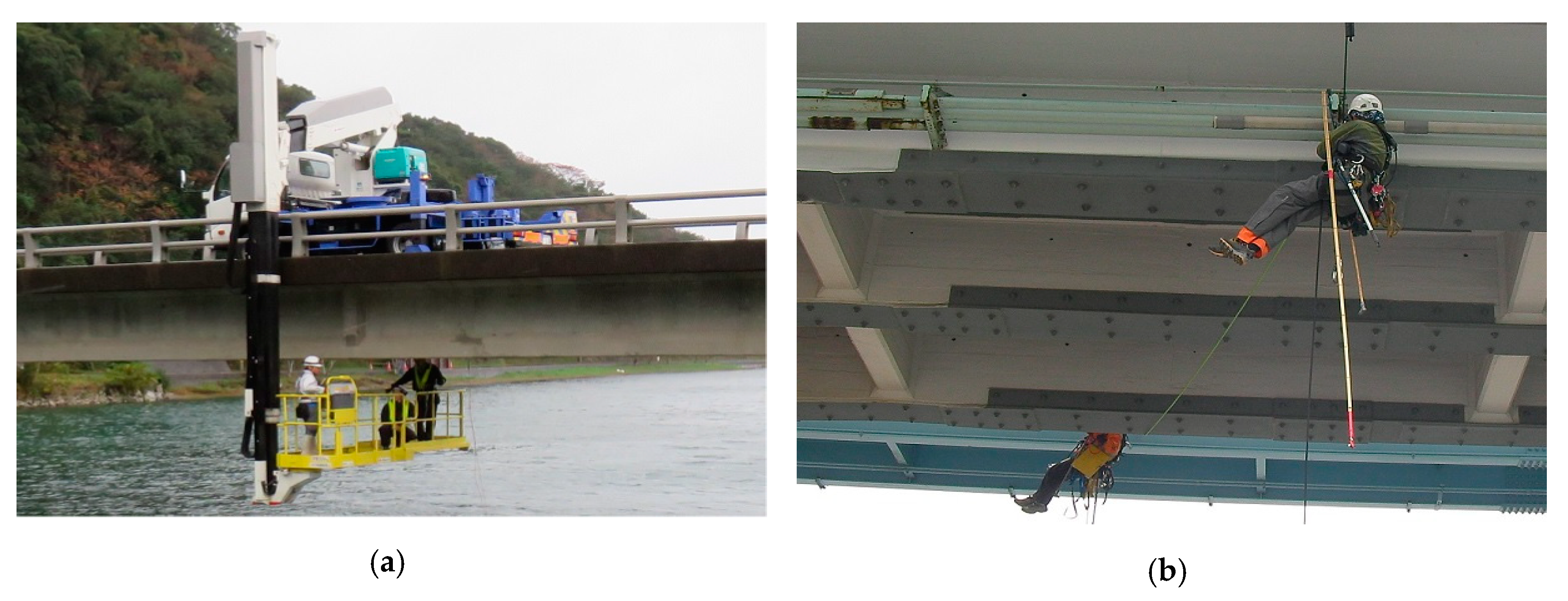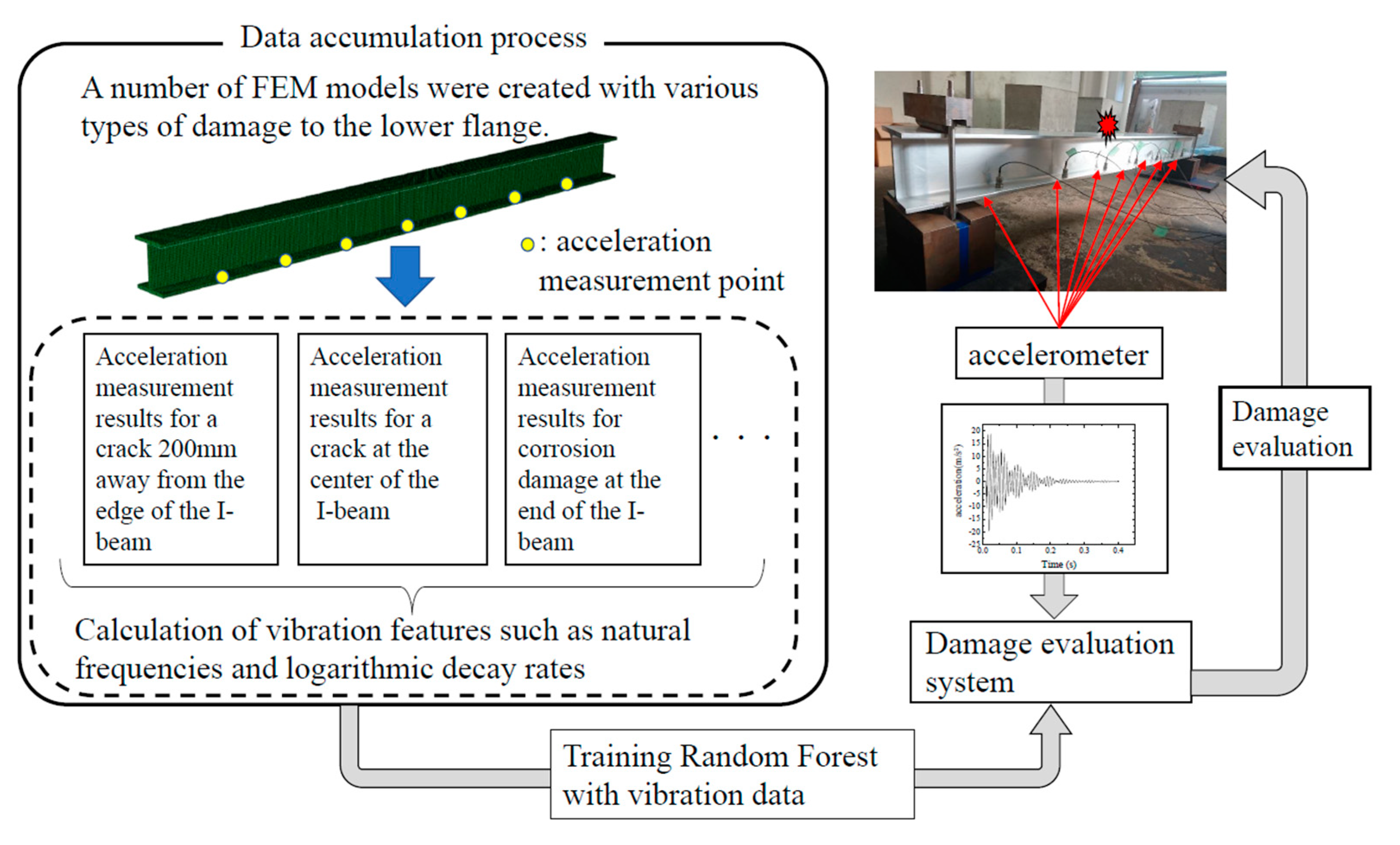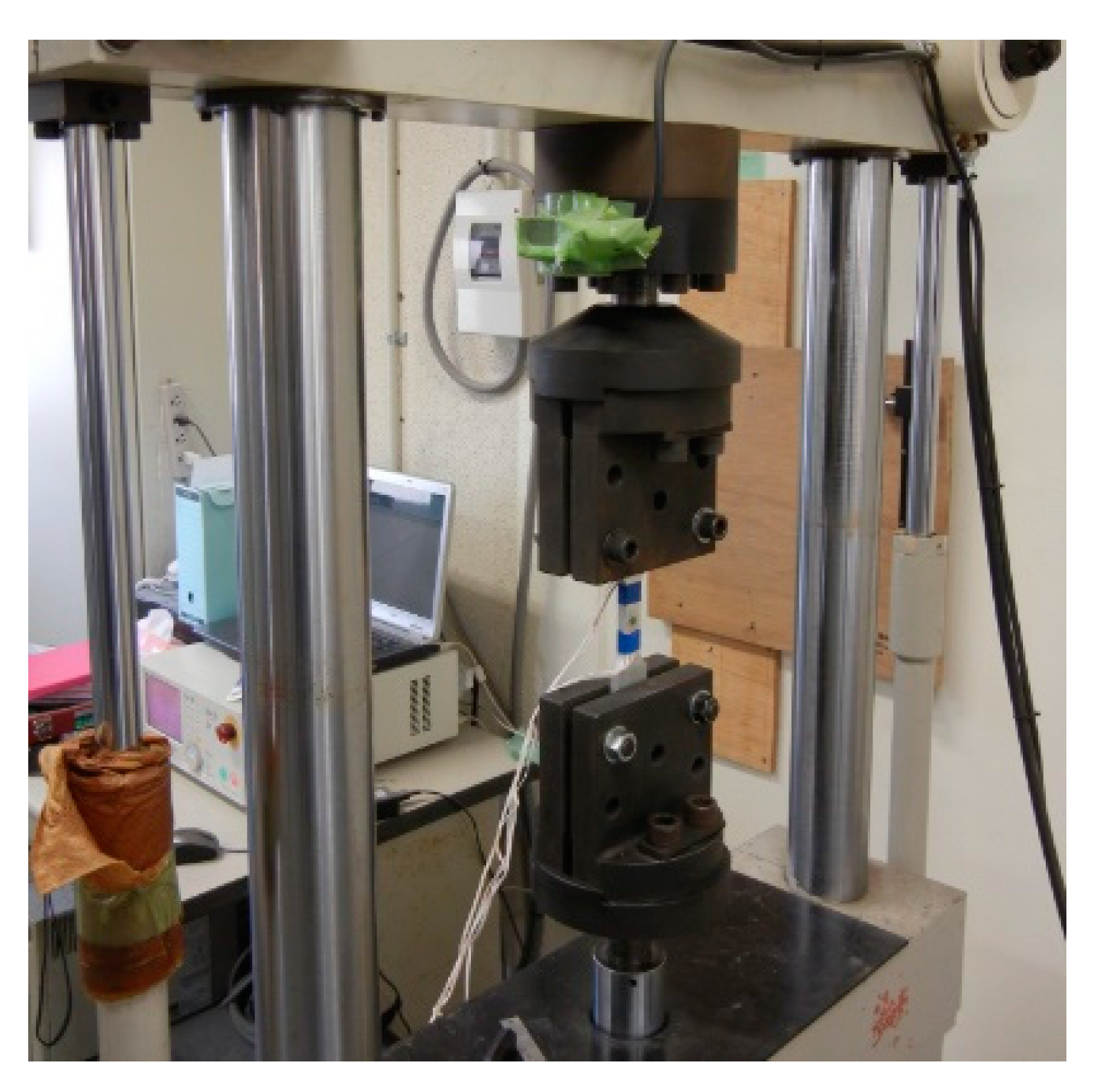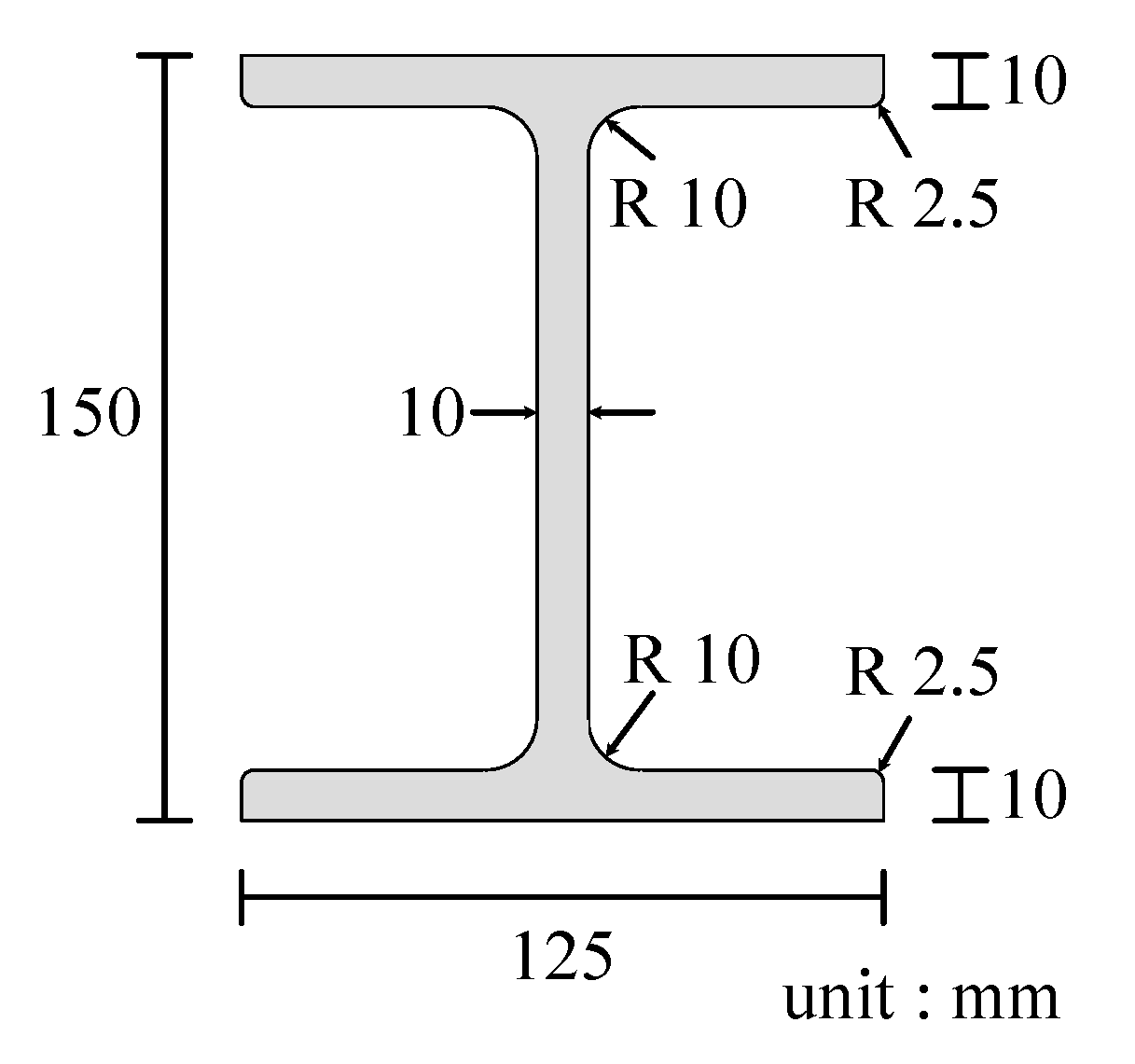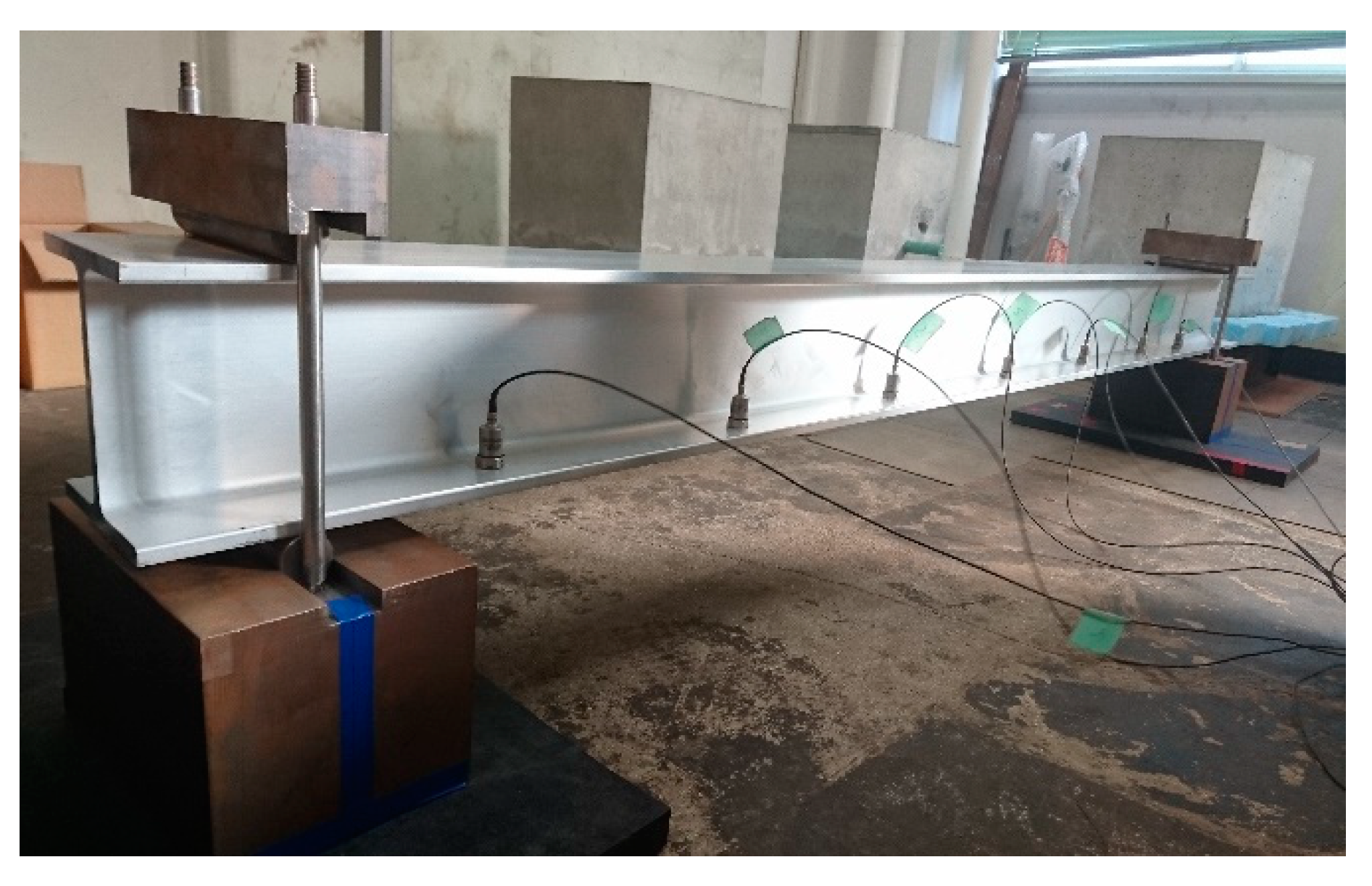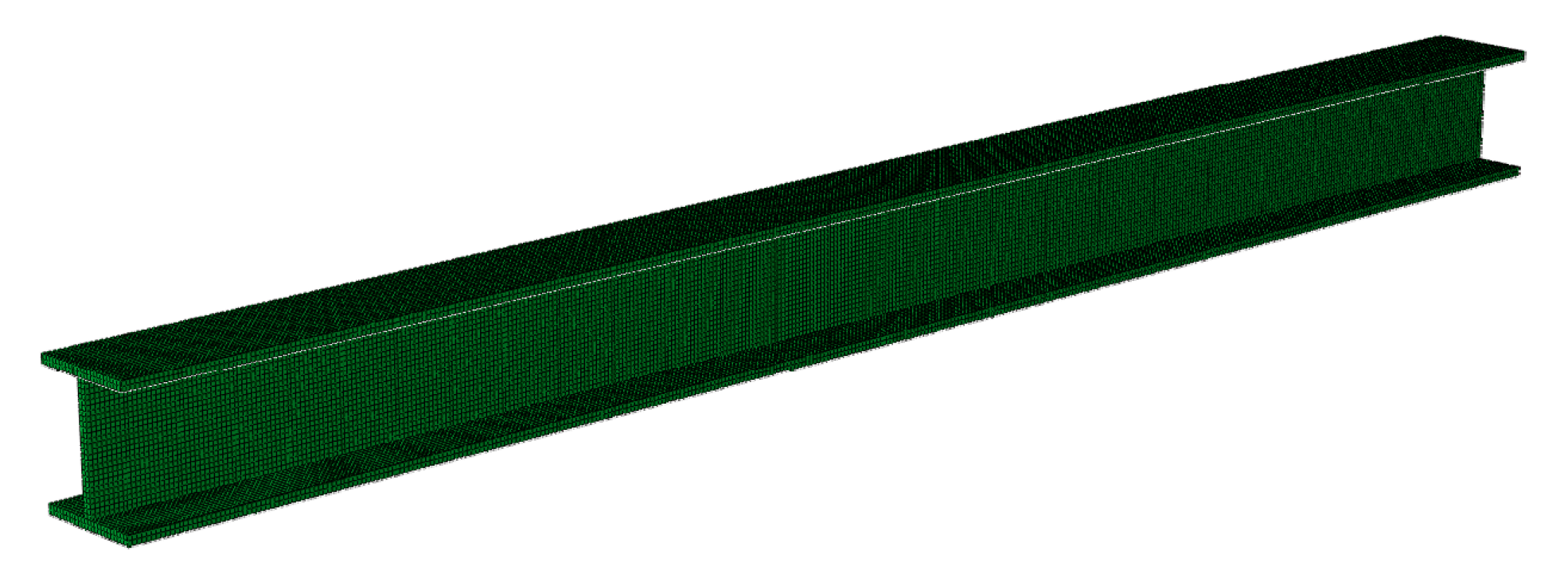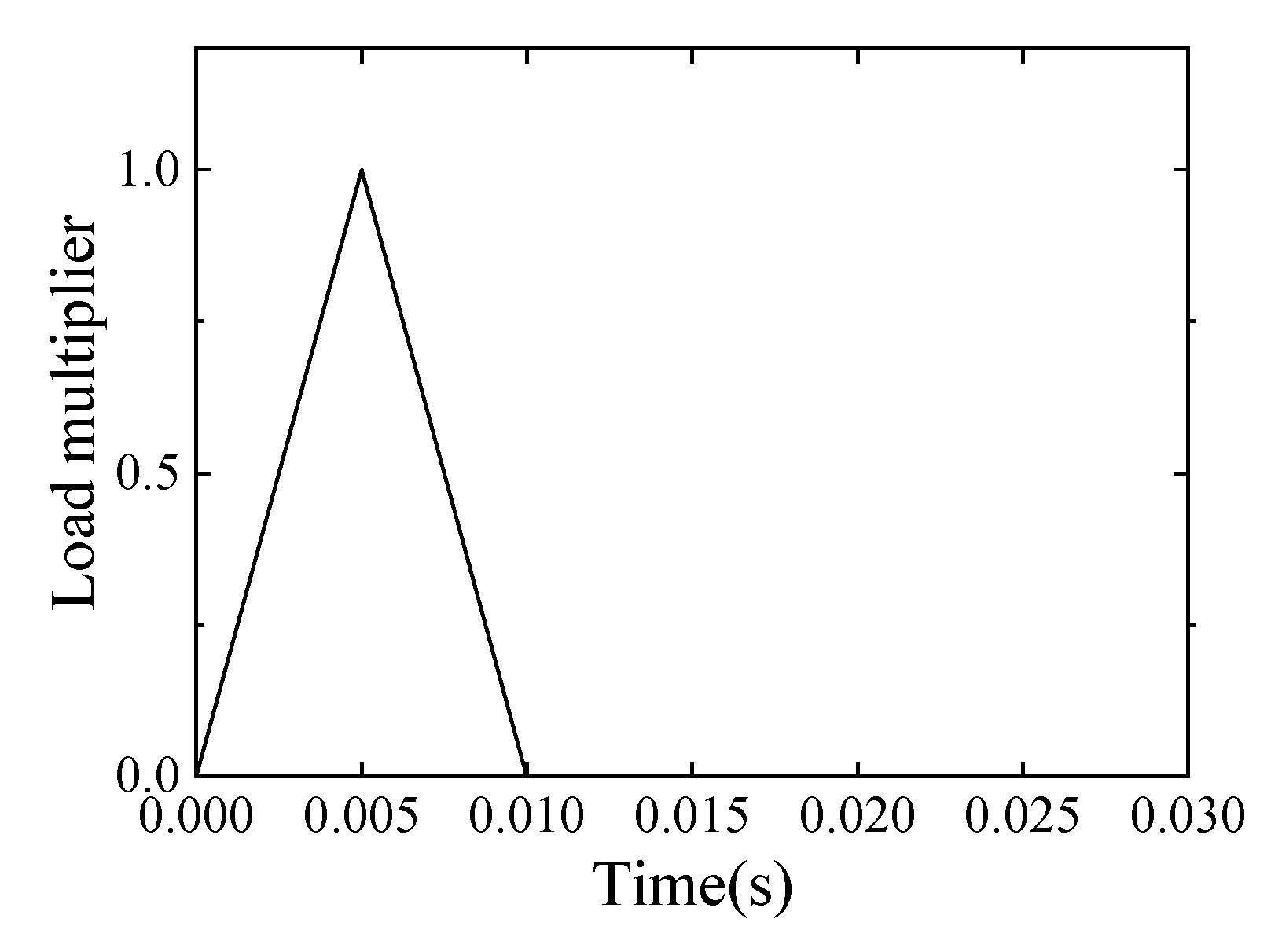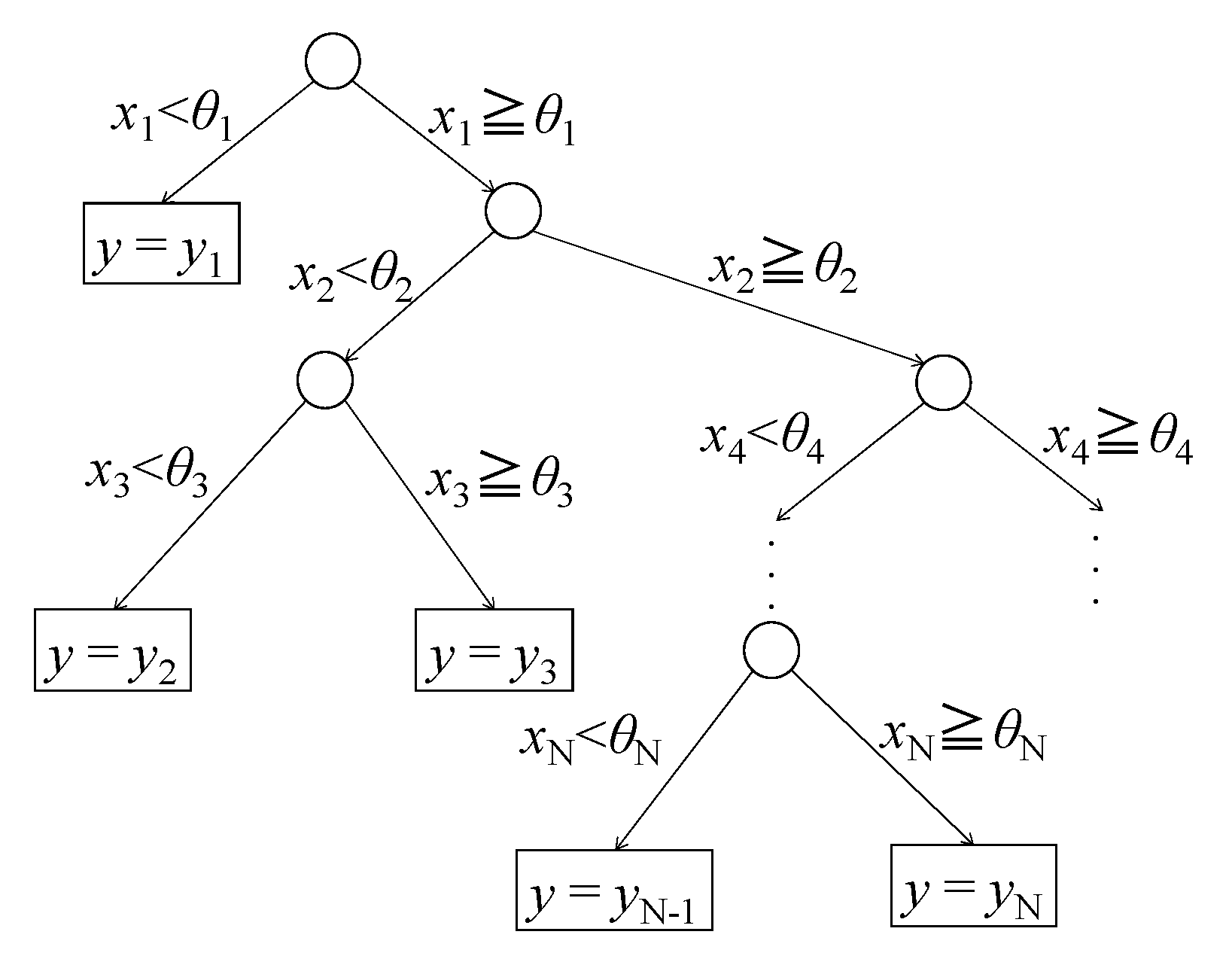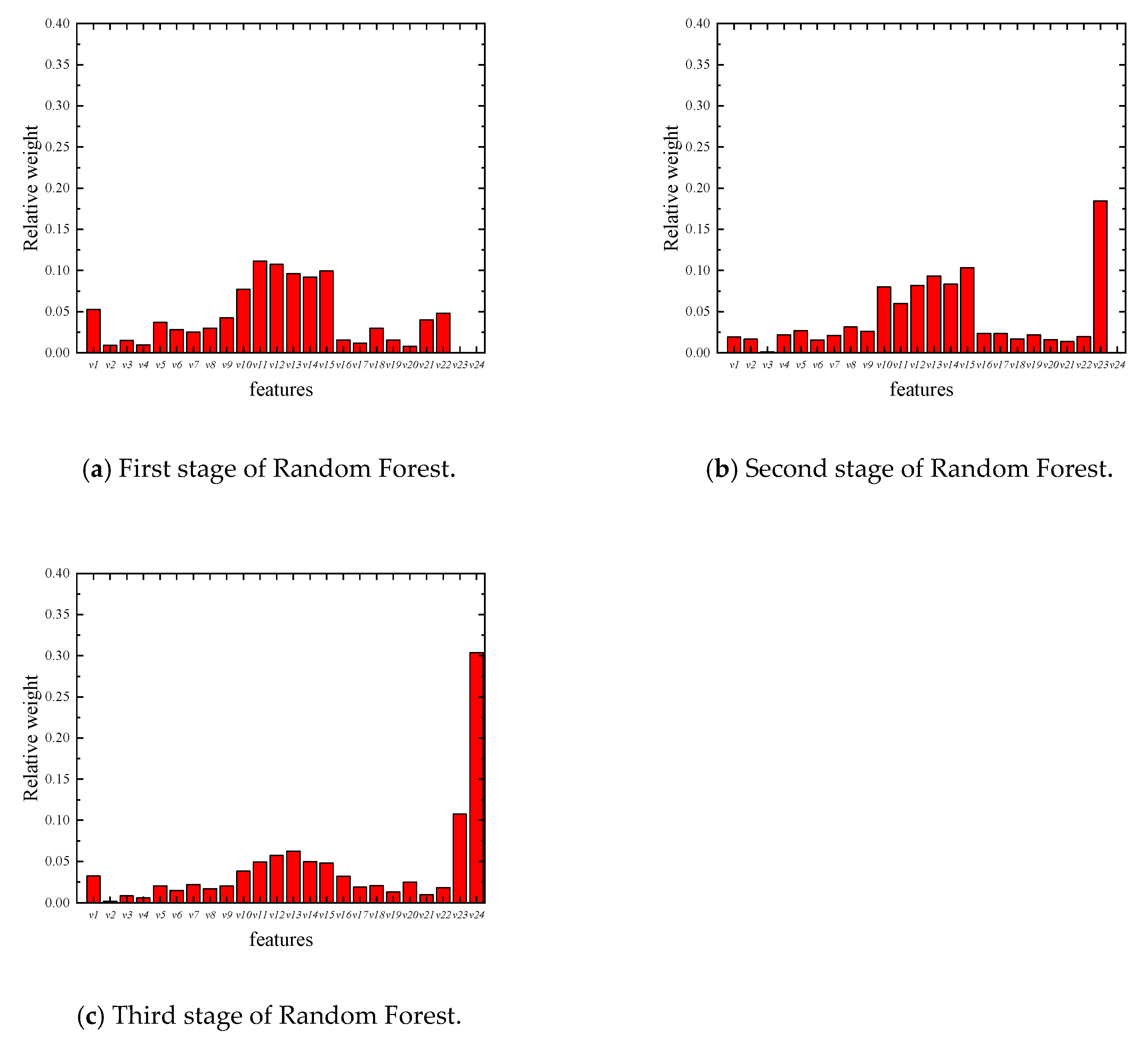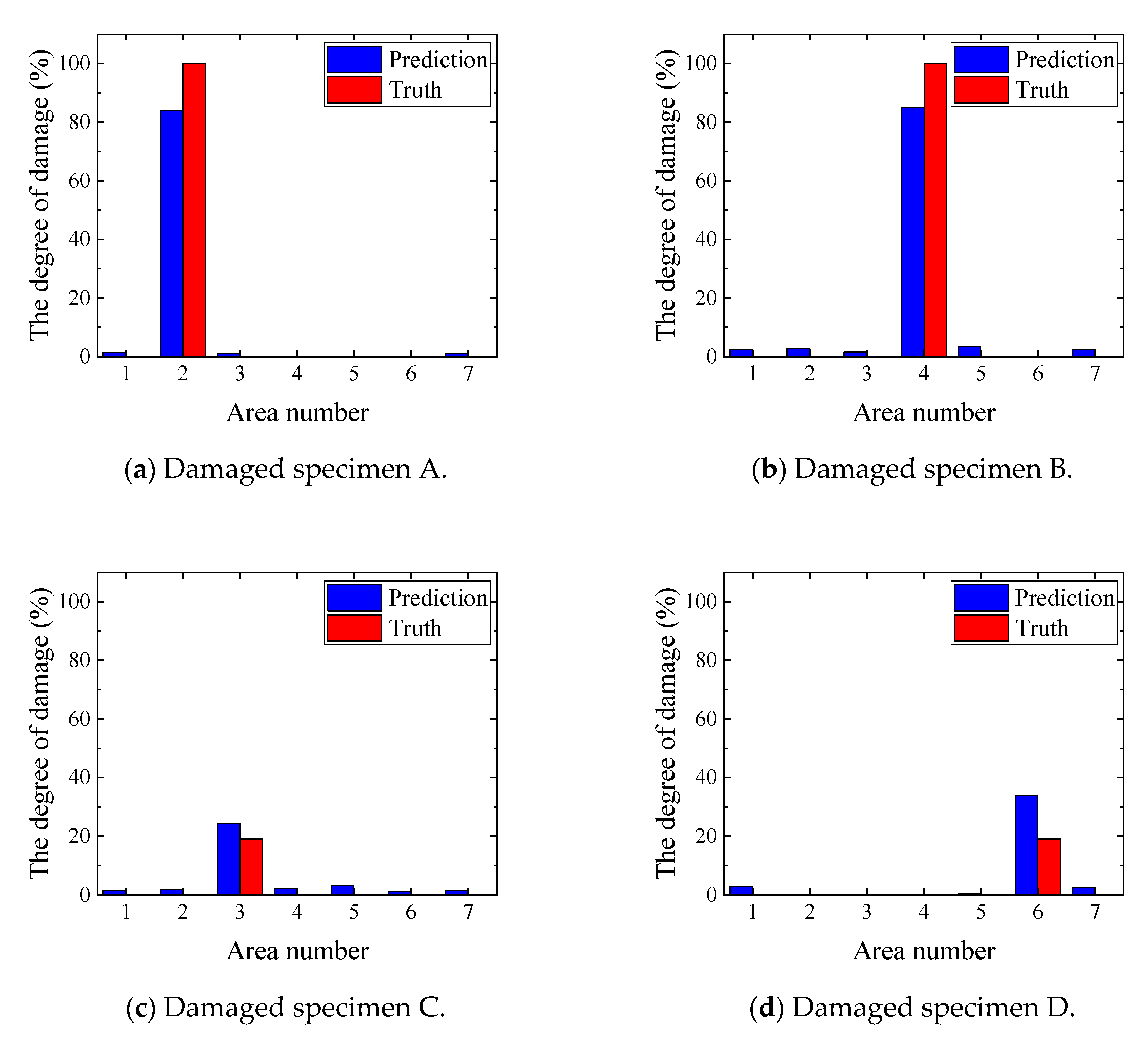1. Introduction
In recent years, the problem of bridge deterioration has become increasingly serious in various parts of the world. For example, in Japan a large number of bridges that were built during the high economic growth period of the 1960s and 1970s are approaching the age of 50 years, which is generally considered the point at which deterioration begins [
1,
2,
3]. In the United States, according to the Infrastructure Report Card by the American Society of Civil Engineers, in 2017 approximately 4/10 of 614,387 bridges were more than 50 years old [
4].
To prevent the failure of these deficient bridges, it is necessary to conduct appropriate inspections to accurately assess their condition. Typically, in bridge inspections the inspector performs a visual inspection in close proximity to the bridge. Following this, a hammering test is performed in which the bridge is struck with an inspection hammer to determine if there are abnormal sounds. However, when inspecting bridges at high locations, it is not easy to reach them to perform a proximate visual inspection and hammering test. Methods for approaching high locations include, for instance, inspection through rope access or using a high-location work vehicle for the bridge inspection, as shown in
Figure 1 [
5]. However, considering the large number of bridges, performing these types of inspection would be expensive and would require extensive effort. In addition, there is the issue of large disparities in the results of proximate visual inspections depending on the experience, knowledge, and competence of the inspector. Therefore, such inspection methods lack reliability.
In order to solve these problems, there has been considerable interest in methods that use vibration characteristics, including natural frequencies [
6,
7,
8,
9,
10], to inspect bridges. Rytter [
11] suggested the classification of vibration-based structural damage identification methods as follows:
Level 1 (detection): determination that damage is present in the structure.
Level 2 (localization): determination of the geometric location of the damage.
Level 3 (quantification): quantification of the severity of the damage.
Level 4 (prediction): prediction of the remaining service life of the structure.
A particularly large number of these studies have focused on changes in natural frequencies, which are summarized in [
6,
7]. This method is easy because it requires only a small number of measurement points and can be carried out from the bridge itself. However, most of the proposed methods are limited to Level 1, which is the determination of the presence of damage. One of the reasons is that the small number of measurement points cannot provide enough information for the determination of the geometric location of the damage (Level 2) and the quantification of the severity of the damage (Level 3). If we increase the amount of information, we can expect to be able to perform more difficult evaluations that are not limited to judgment of the presence of damage; such examples are given in [
12,
13]. However, in many cases, even if the amount of information is increased, its interpretation is difficult. This is because the methods, knowledge, and application cases are not yet sufficient to understand the complex effects of damage on vibration. The fact that the method of inspecting structures using vibration has not yet been put into practical use seems to be supporting evidence that there is insufficient understanding of the effect of damage on vibration.
In this study, we perform simultaneous multi-point measurements on aluminum alloy I-beams and analyze not only the natural frequencies but also the maximum value and standard deviation of the response acceleration and logarithmic damping rate at the time of impact. Then, the Level 2 damage localization and Level 3 damage quantification are developed based on these various vibration features.
However, even for such a simple structure, it is currently unclear to what extent the vibration features, such as the maximum response acceleration, are related to the damage. Therefore, in this study we use a supervised machine learning framework, as shown in
Figure 2, to identify the location, type, and extent of the damage from the obtained features. Supervised machine learning is a method of learning based on a training dataset consisting of input and output pairs, so that the correct output can be predicted even for input cases whose output is unknown. In this study, we develop an algorithm that outputs the location, type, and extent of damage from the vibration features which are inputs.
There have been several studies on damage detection and identification using machine learning. For example, in [
14] acceleration data on deck and bridge weigh-in-motion data are used as inputs to an artificial neural network to check whether the bridge is being damaged or not. [
15] Expressed the damage of the three-story frame structure by gaps between the column and bumper, and increased the number of training data by varying the amount of gaps in small increments. Then, four algorithms—auto-associative neural network, factor analysis, Mahalanobis distance, and singular value decomposition—were applied and their accuracy was compared. Other studies include research using 1D Convolutional Neural Networks [
16], support vector machines [
17,
18,
19,
20], Gaussian process regression [
21], and Genetic algorithms [
18,
22]. Although these studies propose machine learning methods based on interesting experimental data, they basically remain at the level of damage detection, because it is very difficult to prepare test specimens with various damage geometries in the order of 10
2 or more in experiments. To solve this problem, [
23] uses the finite element method to generate training data and perform numerical simulations including damage patterns. However, in [
23] the mode shape measured by the Laser Doppler Vibrometer is the basis for the training data, which is a more difficult measurement condition than the acceleration measurement in this study. In addition, the number of training data is less than 30, which is different from the purpose of this study, which is to improve the accuracy of machine learning based on a large amount of data.
In this study, we propose a method to identify the location of a crack by using Random Forest—which is a kind of ensemble method to achieve a high accuracy prediction using a large number of weak learners—and then evaluating the severity of the damage [
24]. Training Random Forest to improve its performance requires a large number of training datasets. However, since it is not practical to obtain data by inflicting various kinds of damage on actual structures, a quantity of data was obtained in this study by the finite element analysis of structures with various locations and degrees of damage. The results of the analysis obtained from a number of finite element models were used to train the Random Forest, and it was confirmed that the damage can be identified with a high accuracy by the leave-one-out cross-validation (LOOCV) method and the actual vibration test of aluminum alloy I-beams.
3. Machine Learning Method
As described in the introduction, this study attempts to identify the degree of damage and the presence of cracks in the area shown in
Figure 13 using the supervised machine learning framework from the obtained data by the finite element analysis, as explained in the previous section. In this study, we used one of the machine learning methods, Random Forest, which is known for its high accuracy and generalization performance of both classification and regression. In this study, the Random Forest is divided into three steps in order to improve the accuracy. First, the degree of anomaly of the focused area was examined in the first step of the Random Forest, and then the presence of cracks was examined in the second step. Finally, the third step of Random Forest evaluated the degree of damage using the results obtained from the first and second steps.
In this section, we first give an explanation of Random Forest, followed by a description of the features used as inputs. In structural diagnosis, the presence of cracks obtained from the second step of Random Forest and the degree of damage obtained from the third step of Random Forest are important. The degree of damage was defined as the percentage of cross-sectional loss in the area in the case of corrosion damage and as the ratio of flange width to crack width in the case of cracks in this research.
3.1. Random Forest
The authors have already published crack detection [
28] and nondestructive inspection methods [
29] using decision tree-based algorithms such as Random Forest. In this section, however, the authors will also summarize the theory of Random Forest for the convenience of the reader.
The Random Forest method is an ensemble method that finalizes results based on the average or majority of a series of decision trees trained from the supervised data. A conceptual outline of Random Forest is shown in
Figure 14. In the Random Forest method, each decision tree is constructed based on multiple subsets randomly selected from the original dataset while allowing overlap (i.e., the features randomly selected from bootstrap samples). In this study, the classification and regression trees (CART) method [
30] is used for the development of each decision tree. In the CART method, the standard for dividing data at node t is determined so that the decline rate of an indicator called impurity, represented in Equation (1), is maximized. In this case, the Gini coefficient was used as the impurity.
where
GI(
t) is the Gini coefficient at node
t;
Nt,
NL, and
NR are the number of items before division, on the left after division, and on the right after division, respectively; and
tL and
tR are the nodes after division on the left and right branches, respectively. The Gini coefficient is defined by Equation (2) as follows:
In the above Equation (2),
n is the number of class and
p (
Ci |
t) is the probability that the data in class
i would be selected at node
t. In the first equation on the right, if we consider the product of probabilities
p (
Ci |
t) and
p (
Cj |
t), where class
j ≠ i, this equation can be interpreted as the error rate for a given node
t. Thus, with Equation (2), the procedure is designed to branch into decision trees that will be able to reduce this error rate to its lowest value.
Figure 15 shows a schematic diagram of the decision tree constructed by the CART method, where
θn is the reference value of the branch at each node,
xn is the value of the feature at that time, and
yn is the output.
The decision tree developed by the CART method is itself a classifier, but it has a problem of overlearning because the tree is grown by dividing the training data until it is completely allocated. In Random Forest, however, training data extracted by bootstrap sampling and randomly selected features are used to generate individual decision trees, a process which results in a low correlation between individual decision trees. As a result, it is known that the effect of overlearning is very small and that it has the characteristic of increasing the generalization ability.
It should be noted that the total number of decision trees for all the analyses was increased from five, and it was found that the total number of decision trees converged sufficiently at 300, so the results of all the subsequent analyses show that the total number of decision trees is 300.
3.2. Features
The method developed in this study consists of three steps of Random Forest analysis. The first Random Forest determines the degree of anomaly in the target area, the second Random Forest determines the presence of cracks in the target area, and the third Random Forest determines the degree of damage in the target area. The outcome of the complete method is a determination of whether or not cracks exist (second Random Forest result) and the damage rate (third Random Forest result) in the target area. On the other hand, the data given to Random Forest as the input are the vibration features obtained from the waveforms measured by the seven accelerometers. The reason for performing Random Forest three times is to identify complex features, because the effects of cracks and thickness reduction on the vibration are different.
In order to improve the accuracy, it is necessary to select appropriate features as inputs. In this study, by trial and error it was found that the natural frequencies of the first- to third-order bending, the maximum value of response acceleration, the standard deviation of response acceleration, and the logarithmic damping rate were effective for improving the accuracy of Random Forest. They are described below.
3.2.1. The Natural Frequencies of the First- to Third-Order Bending
Natural frequencies are very commonly used parameters for damage detection, as described in the introduction. In the present study, the dominant frequencies from the first to the third-order bending are obtained by FFT from the measurement results. In some previous studies, torsional first-order natural frequencies and/or higher-dimensional natural frequencies were used. However, the relationship between these natural frequencies and the damage is not clear. Therefore, in this study only the natural frequencies of the first- to third-order bending are used. Let this feature be v1 through to v3.
3.2.2. The Maximum Value of Response Acceleration
The maximum value of response acceleration is characterized by a larger value near the damage. At the same time, however, it is highly dependent on the magnitude of the impact load, so the ratio to the maximum response acceleration at the center of the flange is calculated to eliminate the effect of the magnitude of the impact load. In this study, acceleration was measured at seven points, as shown in
Figure 8, which can be expressed by the following Equation (3).
In the above equation,
A denotes the normalized acceleration,
a denotes the original acceleration, and
i = 1, …, 7 denotes the measurement result of the acceleration measurement point
a, …,
g in
Figure 8, respectively. Additionally, the subscript “max” means the maximum value. In this study, acceleration was measured at a total of seven points, but the value at the center of the flange was used for normalization, so that six features are obtained here. Hereinafter, these are referred to as
v4 through to
v9.
3.2.3. The Standard Deviation of Response Acceleration
As the damage increases, the dominant component of the vibration waveform and the response amount itself changes, so there is a relationship between the standard deviation value and the damage. Therefore, the standard deviation of the response acceleration is used in this study. However, since the standard deviation also depends on the magnitude of the impact load as well as the maximum value, the standard deviation of the response acceleration was normalized by the value at the center of the flange, as shown in the following Equation (4), to eliminate its effect.
The subscript “std” in Equation (4) indicates that it is a standard deviation. The standard deviation, as well as the maximum response acceleration, has six features. Hereinafter, these are referred to as v10 through to v15.
3.2.4. Logarithmic Decay Rate
From the experiment, it was confirmed that the logarithmic decay rate increased with growing damage and was also changed by the presence or absence of cracks. Therefore, we use the logarithmic decay rate as a feature. Since there are seven acceleration measurement points, let them be v16 through to v22.
4. Cross-Validation and Accuracy Verification Using Actual I-Beams
In this section, in order to investigate whether the method developed in this study can adequately evaluate the presence of cracks and the degree of damage, cross-validation was carried out and applied to real structures. The specifications of the computer used for this section is as follows: Intel® Core™ i7-10510U Processor@1.80GHz CPU, 16GB RAM, and Windows 10 OS (Santa Clara, CA, USA).
4.1. Cross-Validation
Verification of the validity of the Random Forest model generated in the previous section will be performed by LOOCV in this section. LOOCV is a validation method that will train all the data except for one datum, and a prediction will be made for that one datum [
31]. This process was repeated until the rest of the overall data set had been trained. As discussed previously, in this study, 2000 items of data (input-output) were prepared. The Random Forest was trained primarily by using only 1999 items of data because one datum was taken out from the data set to be analyzed. This process was repeated 2000 times until all data sets had been evaluated in order to verify the accuracy of the results.
First, the presence of cracks was investigated by the first and second steps of Random Forest. There were seven areas in each of the 2000 specimens, giving a total of 14,000 areas. Randomly generated cracks were found in 1247 out of 14,000 areas, and no cracks were found in the remaining 12,753 areas.
The first step of Random Forest is to compute the degree of anomaly from v1 through to v22. Then, the result of the first step of Random Forest is set as a new feature, v23. Next, the presence of cracks is examined by the second step of Random Forest, with 23 features (v1 through to v22, plus v23) as inputs.
The confusion matrices are shown in
Table 3 to show how accurately the presence of cracks was determined by giving
v1 to
v23 as inputs to Random Forest. The percentage of correct answers is very high (98.7%), which indicates the effectiveness of this method.
Next, the degree of damage was derived from the third step of Random Forest and also cross-validated by the LOOCV. In the third step of Random Forest, we added the results of the second step of Random Forest (presence of crack) as
v24 to
v1–
v23, giving a total of 24 features as inputs. In order to evaluate the results, the mean absolute error (MAE), expressed by the following Equation (5), was calculated.
In the above equation, n is the total number of areas 14,000, d*i is the true value of the degree of damage, and di is the predicted value of the degree of damage. As a result, the MAE is low (1.48%) and can be evaluated accurately. In terms of calculation time, the training time is within the range of 148 s ± 7 s, and the analysis after training is within the range of 0.02 s ± 0.005 s by the computer described above. In order to investigate the effect of the number of data on the accuracy, an analysis was performed for the case where the number of finite element method (FEM) models is 500. In LOOCV, the percentage of correct answer for the crack detection is 98.4% and the MAE for the degree of damage is 2.78%. This result is not much different from the case where the number of FEM models is 2000, and it shows convergence.
Furthermore, the Random Forest method is capable of weighing the importance of each parameter in its evaluation. The relative weight of each Random Forest parameter can be determined by evaluating the frequency of each corresponding coefficient, which was used as the classification standard in each decision tree, as shown in
Figure 16. It can be seen from the figure that the effect of the standard deviation (
v10 to
v15) is significant. The natural frequency of the first order bending (
v1) has a large influence in the first and third stages of Random Forest. This means that although
v1 is less effective in crack detection, it is still important information for thinning detection. In addition, the relative weights of
v23 in the second stage and
v23 and
v24 in the third stage of Random Forest indicate the effectiveness of the three-stage Random Forest analysis.
4.2. Accuracy Verification Using Actual Damaged Specimens
In this section, the natural frequencies of the first- to third-order bending, the maximum value of the response acceleration, the standard deviation of the response acceleration, and the logarithmic damping rate are calculated from the vibration test results of the actual damaged specimens A to D shown in
Figure 5 and
Table 2, and given as an input to the developed damage evaluation system.
The results of the analysis are shown in
Table 4 and
Figure 17. It can be seen from
Table 4 that the assessments of whether or not cracks existed are all correct. In addition, it can be seen from
Figure 16 that the difference between damaged and non-damaged areas can be accurately assessed.
5. Conclusions
In this study, a supervised machine learning system was developed to determine the presence of cracks and the degree of damage by using features calculated from vibration test results. In particular, the novelty of this study lies in the utilization of the Random Forest in three steps. The first step of Random Forest is to find the degree of anomaly of a focused area. Then, in the second step, the results of the first stage of the Random Forest are included in the input features to determine the presence of cracks. Finally, in the third step, the degree of damage is evaluated by including the results of the first and second stages of the Random Forest in the input features to improve the accuracy.
The performance of the developed method is investigated by LOOCV and by considering the results when the method is applied to actual damage specimens; it is shown that the damage could be evaluated with a high accuracy. The results suggest that not only damage detection of beams, but also damage detection of various structures can be achieved by a statistical approach, which will be meaningful in the future when various types of measurement data, in large quantities, will be accumulated.
The future prospects are described below. In this study, aluminum alloy specimens were used for experiments and analyses, but it is necessary to investigate whether a similar method can be applied to steel specimens. However, since the mechanical behavior of the beam in this study was within a linear range, it is basically considered to be possible with steel. In addition, we believe that it would be of great practical value if it could be applied to a complex structure such as a bridge. If we can detect the damage to bridges by a vibration measurement, it will be possible to avoid overlooking the damage during a visual inspection, which could lead to a serious accident [
5,
32]. Therefore, the authors have started a study on the detection of damage in bridges and have been working diligently on it. In addition, the method of creating many damage patterns, such as this method, is compatible with the stochastic finite element method [
33], which treats structures stochastically. By using it, the authors are also working on a study to evaluate the safety of structures stochastically.
